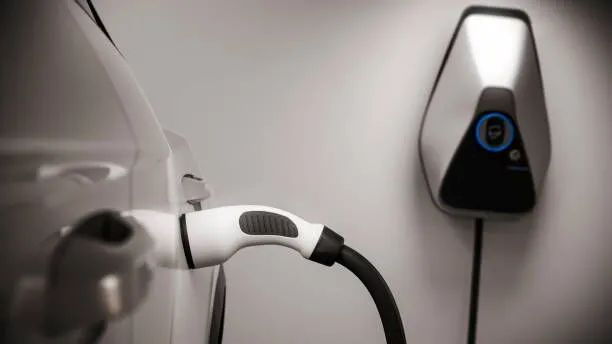


Where and How to Charge Your EV: Finding the Most Cost-Effective Solution
As a professional EV charger manufacturer in China, Topper Company provides dependable electric vehicle charging station equipment and comprehensive charging solutions.
As electric vehicles (EVs) become more popular, a common question arises: Where should I charge my EV, and which option costs the least?
EV owners have multiple charging choices—from home setups to public stations—but costs can vary widely depending on location, charger type, and electricity rates.
This guide breaks down the main charging options, compares electricity prices across the U.S., and helps you decide whether home charging or public stations are best for your budget.
1. Standard Wall Plug (Trickle Charging)
The simplest method uses a regular three-pin household outlet. It requires no special installation but charges very slowly—often overnight or longer for a full battery. This method is useful only as a temporary solution, since typical outlets aren’t designed for sustained high current.
2. Dedicated Home Charging Station (Wall Box Charger)
Level 2 chargers provide higher voltage and faster charging times. Installing a home charger involves upfront costs, but many places offer rebates or tax incentives. Once installed, a wall box charger offers convenient and affordable charging right at home.
3. Public Charging Stations
Found in parking lots, workplaces, and highways, public chargers come in two types:
Level 2 Chargers: Slower and cheaper, suitable for longer stops.
DC Fast Chargers (Level 3): High-powered stations that charge quickly, ideal for road trips.
Public chargers are convenient but generally more expensive per kWh than home charging.
The average U.S. residential electricity rate is about $0.16 per kWh but varies by state:
Hawaii is the highest at around $0.41/kWh
California and Connecticut are around $0.31/kWh
Washington offers some of the lowest rates at $0.11/kWh
A typical EV with a 40 kWh battery costs:
About $6.40 to fully charge at the national average rate
As low as $4.40 in Washington
As high as $16.40 in Hawaii
For larger EVs with 100 kWh batteries, costs scale proportionally.
EVs typically travel 3–4 miles per kWh, meaning the average cost per mile for home charging is roughly 5 cents. This can be even lower in states with cheap electricity or if you use time-of-use (TOU) plans offering discounted rates during off-peak hours.
Given the average American drives about 13,500 miles yearly, home charging costs range between $500 and $720 annually—much less than the typical $1,600 to $2,100 spent on gasoline.
Level 2 Public Chargers:
Cost $1 to $5 per hour or about $0.20 to $0.25 per kWh
A full 40 kWh charge costs $8 to $10
DC Fast Chargers:
Charge 80% of a battery in under an hour
Cost between $0.40 and $0.60 per kWh
Full charge costs $16 to $24
Relying solely on public chargers can increase annual costs:
Level 2 public charging: $770 to $960 per year
DC fast charging: $1,540 to $2,300 per year
While still cheaper than gasoline for many drivers, public charging is up to 80% more expensive than home charging, especially fast charging.
Install a Home Charger: The most cost-effective and convenient option.
Use Time-of-Use Rates: Charge during off-peak hours to pay less.
Charge Smart on the Road: Prefer Level 2 chargers; use fast chargers only when necessary.
Track Your Usage: Use apps or your EV’s software to monitor and optimize charging costs.
Although public chargers are essential for travel and convenience, home charging offers the greatest savings. By installing a Level 2 charger and charging during off-peak times, EV owners can reduce annual transportation costs by thousands compared to gasoline or frequent public charging.
Understanding your charging options empowers you to enjoy the benefits of electric driving without breaking the bank.Know more about Google SEO Directory
